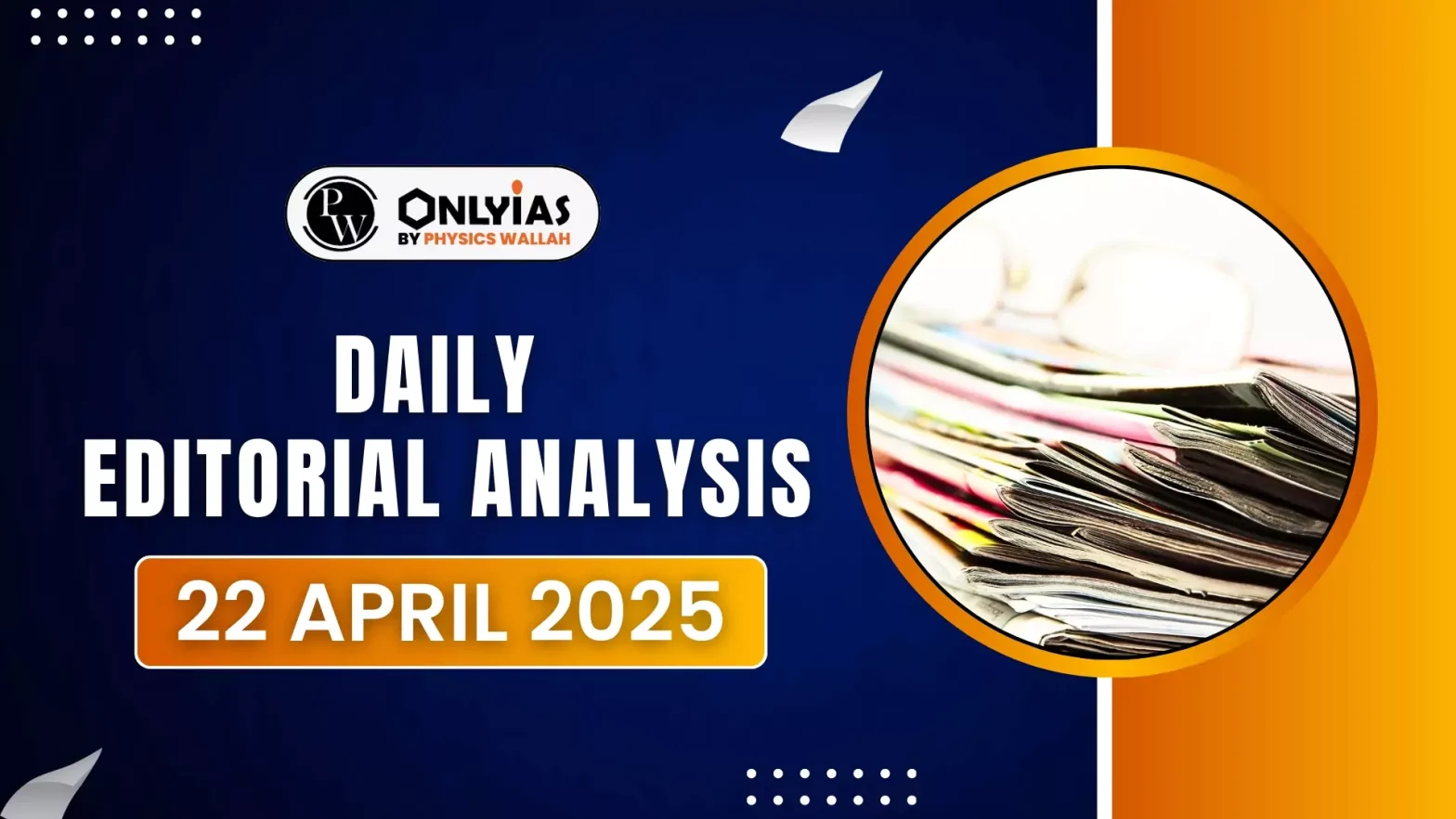In both India and the United States, institutional friction between the judiciary and executive has surfaced sharply.
Judiciary-Executive Relations
- Practical Friction: The Constitution is a compact where the judiciary that interprets laws, executives govern. But in reality, as visible in both India and the U.S., boundaries blur. The executive often resents judicial interventions, especially when courts step in where governance falters.
- Public Showdowns: Both Vice-Presidents Dhankhar in India and Vance in the U.S.—have made public attacks on their respective judiciaries.
- This is no subtle institutional dialogue; it’s a direct challenge to judicial authority, exposing long-standing tensions.
- Legitimacy Struggles: At stake is the legitimacy of institutions: While courts aim to uphold constitutional values, their activism is often viewed as overreach.
- Conversely, executive pushback especially non-compliance or verbal attacks—can undermine rule of law.
Challenges Associated with Judiciary-Executive Relations
- Indian scenario: VP Jagdeep Dhankhar criticizes the Supreme Court for acting like a “super Parliament“, especially over setting timelines for Presidential decisions on state Bills.
- He insists judges merely “abide” by the Constitution, unlike the President who must “defend” it.
- Judicial Overreach: Serious concerns have been raised about the lack of judicial accountability, including the absence of FIRs in corruption cases involving judges, non-disclosure of assets.
- The overuse of Article 142 which Vice President Dhankhar controversially described as a “nuclear missile” against democracy, highlighting fears of judicial overreach and erosion of democratic checks and balances.
- U.S Context: VP JD Vance lashed out at a federal appeals court ruling against the Trump administration in the Kilmar Abrego Garcia case.
- Judge J Harvie Wilkinson condemned the executive’s lawlessness, invoking Eisenhower’s compliance during desegregation as a contrast.
- Executive Reaction: The executive response, marked by Vance’s dismissal of the ruling while defending deportation, and his branding of judges as “radical lunatics,” reflects a growing disdain for judicial authority among Trump-era officials
- Institutional Confrontation: In both countries, this is not an isolated conflict:
- India: Resentment of judicial roles in electoral reforms, gubernatorial delays
- U.S.: Open non-compliance with court orders (e.g., Garcia still in El Salvador despite ruling)
- Institutional Squabble: This is not just an elite turf war—it’s a battle over the future of democratic governance. When executives dodge accountability by attacking judges, and courts become de facto legislators to fill the void left by governance failures
- Last Resort: In both countries, the judiciary often becomes the people’s recourse when governments falter or rights are under threat. While courts don’t seek this burden, they bear it, often alone.
Judicial Responses
- India: The Supreme Court of India has exercised reasoned restraint. Through judgments, it signals that when Parliament fails, courts must step in to uphold the Constitution, not to govern.
- U.S.: Judge Wilkinson’s opinion serves as a philosophical defense of the Constitution and warns of “anarchy” from executive defiance, reminds that due process is non-negotiable and asserts that judicial legitimacy and authority must be preserved
Reform Proposals
- India:
- Article 145(3): Dhankhar argues for revision of Constitution Bench thresholds, citing a much-expanded bench since its inception.
- Article 142: Growing calls for limiting its scope, as it grants courts sweeping powers to ensure “complete justice”.
- U.S.: Reforms focus on judicial ethics, term limits, and court expansion. However, the primary issue is executive non-compliance—no reform can work if court orders are ignored.
Conclusion
Democracy functions best when each branch respects its bounds. It’s a relay, not a struggle for dominance. When one branch drops the baton, everyone loses.
![]() 22 Apr 2025
22 Apr 2025

